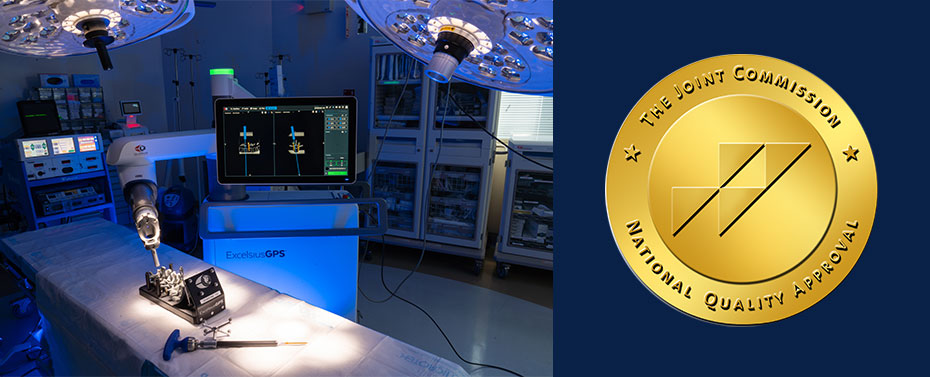Spine Center

The Spine Center treats patients with spine injuries and back pain. We provide the full range of medical and surgical services for all types of spine disease and disorders, from acute episodes of back pain to degenerative spine disease to complex spinal deformities. We offer particular expertise and experience in minimally invasive procedures, which are associated with lower postoperative complications and quicker recoveries, including robotic-assisted spine surgery. The Spine Center has earned The Joint Commission’s Gold Seal of Approval® for Spinal Fusion, in recognition of a commitment to providing safe and effective patient care.
